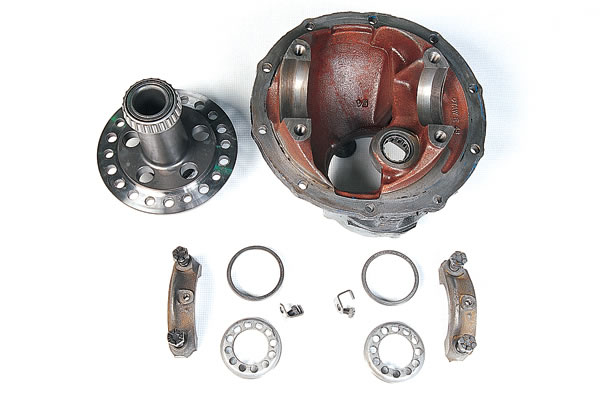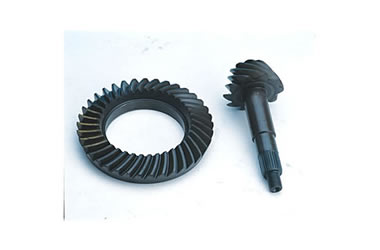You’ve been working on lowering your elapsed times all season—bumping up horsepower here, tweaking the suspension there, and practicing your tail off at test and tune night—when you hit that proverbial brick wall. No matter what you do, your ETs won’t budge. What do you do?
Try a rear axle gear swap. Changing the gear ratio changes the effective drive ratio at the rear wheels, which ultimately determines how fast your car accelerates. And after all, ET is simply a measure of acceleration.
We decided to go the gear swap route on our Chevy S-10 race truck. With a 383 cubic inch small block, Turbo 350 tranny with 6,200 rpm stall converter, ladder bar suspension, a Ford 9-inch rear axle with a 4.33 gear and a Strange spool, and 29 1/2 inch Mickey Thompson ET Drag slicks, the S-10 was running 11.30 second ETs. We figured a switch to a Summit Racing ring and pinion set with a 4.56 gear ratio would put the truck in the 11-teens.
The slide show covers the ring and pinion installation. But while we had the rear axle apart, we also upgraded the carrier assembly with a Strange aluminum pinion bearing support, and added a Moroso filler cap to the axle housing to make filling chores easier.
Follow along and see what it takes to upgrade a Ford 9-inch for track duty–or any kind of duty, for that matter.

























what about? 468 big block.
[…] 5. Swap Feat: Upgrading a Ford 9-Inch Rear Axle with Larger Gears […]
That’s good information. Now what book shows me step by step how to install it?